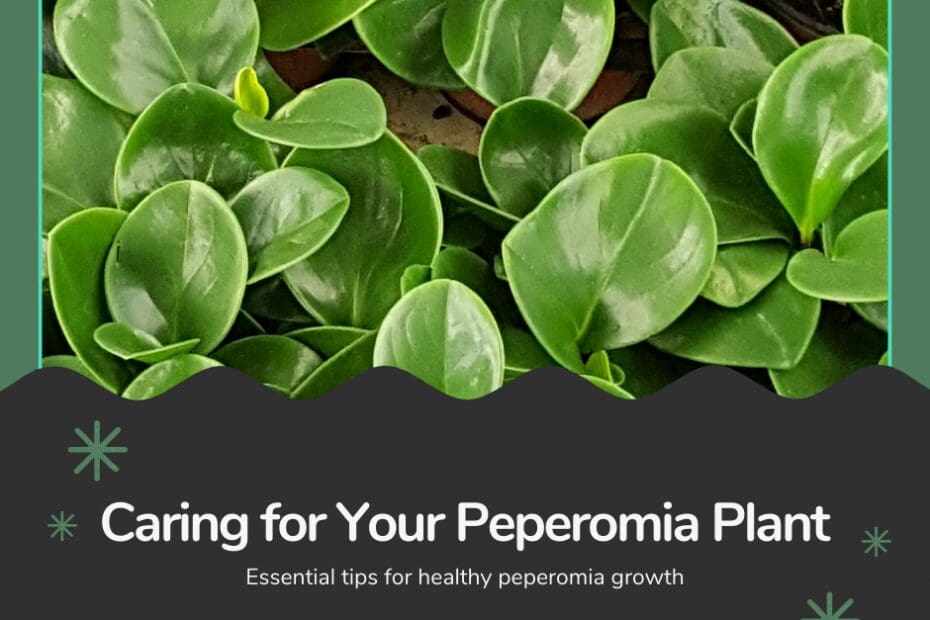Peperomia plants are the perfect choice for plant lovers who want a low-maintenance yet visually striking houseplant. With their thick, textured leaves and various colors and patterns, these compact beauties add charm to any indoor space. While they’re known for being easy to care for, giving them the right balance of light, water, and humidity can keep them vibrant and thriving. Whether you’re a beginner or an experienced plant parent, this guide will walk you through everything you need to know to properly care for your Peperomia and keep it happy for years.
Light
To keep your Peperomia plant healthy and thriving, starting with light is essential. These plants do best in bright, indirect light, making them a fit for spaces with filtered sunlight. Too much direct sunlight can scorch their delicate leaves, so keeping them out of harsh rays is best.
Peperomias adapt well to artificial lighting, so they’ll flourish under fluorescent lights or near a sunny west- or south-facing window. While many varieties can tolerate lower light conditions, especially in warmer temperatures, variegated types may lose their unique leaf patterns if they don’t get enough light.
Water
Peperomia plants like their soil to dry out a bit between waterings, but they don’t want to be completely parched. The key is balance—watering too much can lead to root rot, while letting them dry out too much can cause leaf drop and slow growth. Always check the top inch of soil before watering to keep them happy. If it’s dry, it’s time for a drink.
Good drainage is necessary, so ensure your pot has drainage holes to prevent water from sitting at the roots. One of the best ways to water Peperomia is from the bottom—place the pot in a shallow dish of room-temperature water and let the soil soak it up. Once the top of the soil feels slightly moist, remove the pot and let any excess drain out. Typically, you’ll only need to water every 7–10 days when growing Peperomia indoors.
Potting
Peperomia plants are perfect for indoor pots, hanging baskets, or decorative planters, adding a touch of greenery to any space. They also work well in shallow dish gardens as long as the soil is well-draining. For the best results, use a rich potting mix with good drainage. If you’re using store-bought potting soil, mix organic compost and peat moss in equal parts to boost fertility and improve drainage.
These plants like to stay slightly root-bound, so they don’t need frequent repotting. Since they grow slowly, you’ll only need to move them to a somewhat larger pot about once every three years. When repotting, use fresh potting soil, but avoid jumping to a much larger container, as too much extra soil can hold excess moisture and lead to root problems.
Fertilizing
Peperomia plants don’t need a lot of fertilizer—too much can cause excessive, weak growth. But a little boost now and then can help keep them healthy. For best results, use a balanced all-purpose houseplant fertilizer every six months, following the instructions on the label. A light feeding is all they need to thrive!
Taking care of Peperomia plants is both easy and rewarding. They add a touch of lush greenery to your home with minimal effort. With their wide range of shapes, textures, and colors, these compact beauties make great decorative accents for any space. Whether the eye-catching Peperomia argyreia (watermelon peperomia) or the delicate Peperomia prostrata (string of turtles), each variety brings unique charm to your indoor garden.
The key to keeping your Peperomia happy is simple—give it the right amount of light, maintain proper humidity, and follow a balanced watering routine. Thanks to their slow growth and adaptability, these plants are perfect for anyone who loves greenery but doesn’t want the hassle of high-maintenance care. Whether you’re a plant pro or just starting your collection, Peperomias are a great choice that will brighten up your space for years to come!
